
Next week, as part of the IEEE S3S 2017 program, we will present a paper (18.3) titled “A 1,000x Improvement in Computer Systems by Bridging the Processor Memory Gap”.
In an interesting coincidence DARPA just came out with a calls for >50x improvement in SoC
The 3DSoC DARPA solicitation reads: “As noted above, the 3DSoC technology demonstrated at the end of the program (3.5 Years) should also have the following characteristics:
–Capability of > 50X the performance at power when compared with 7nm 2D CMOS technology.
The 3DSoC program goal of 50x is to allow proposals suggesting US-built device at 90nm node vs. 7nm of computer chip using conventional 2D technologies. Looking at the table below we can see that if 7nm technology is used the benefit would be over 300x
The following charts were presented by the 3DSoC program manager Linton Salmon at the 3DSoC proposers day. The program calls for the use of monolithic 3D to overcome the current weakest link in computers – the memory wall.
There is a unique opportunity to hear the 3DSoC DARPA Program Manager, Dr. Linton Salmon, articulate the program and what DARPA is looking for during his invited talk at the S3S 2017 conference next week.

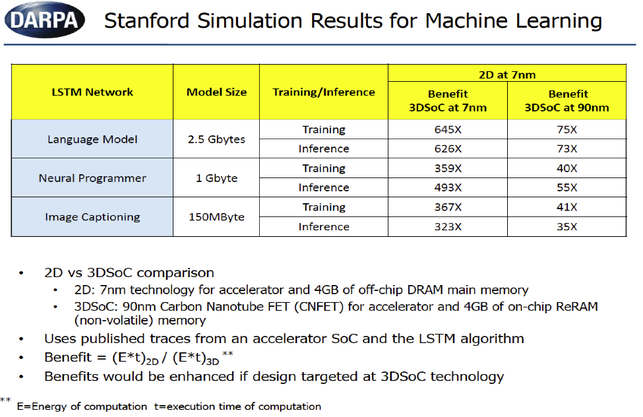
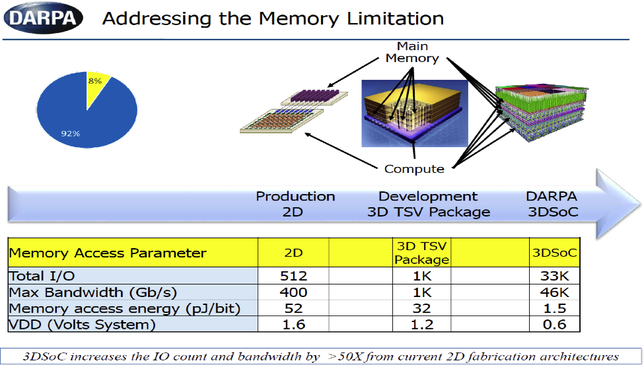
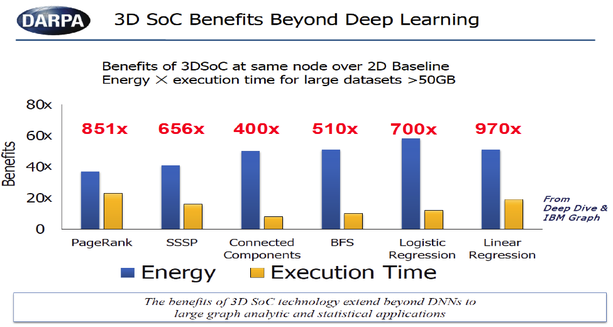



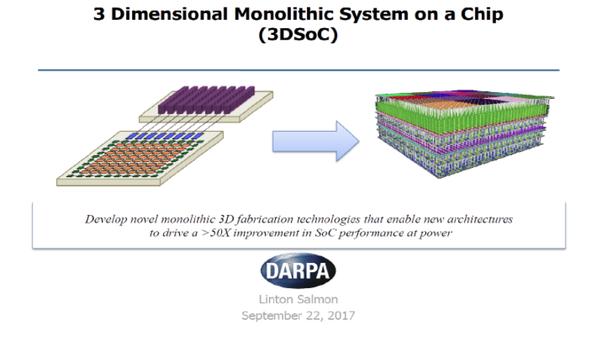

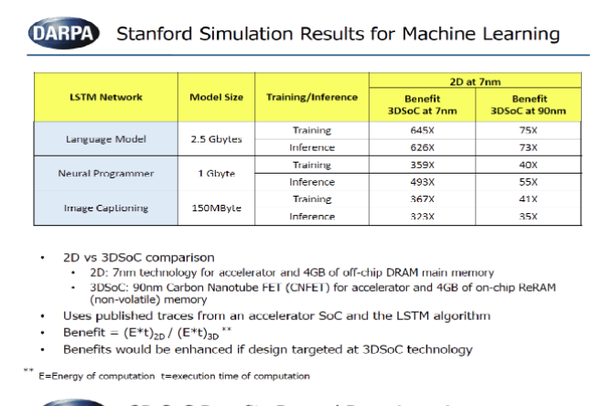
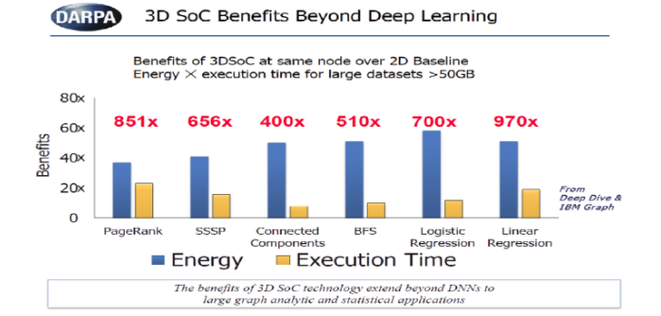

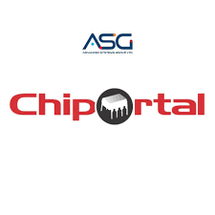
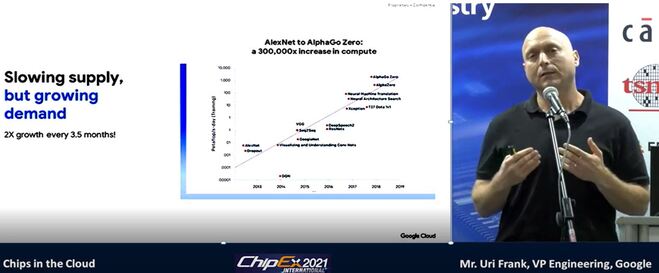







 RSS Feed
RSS Feed